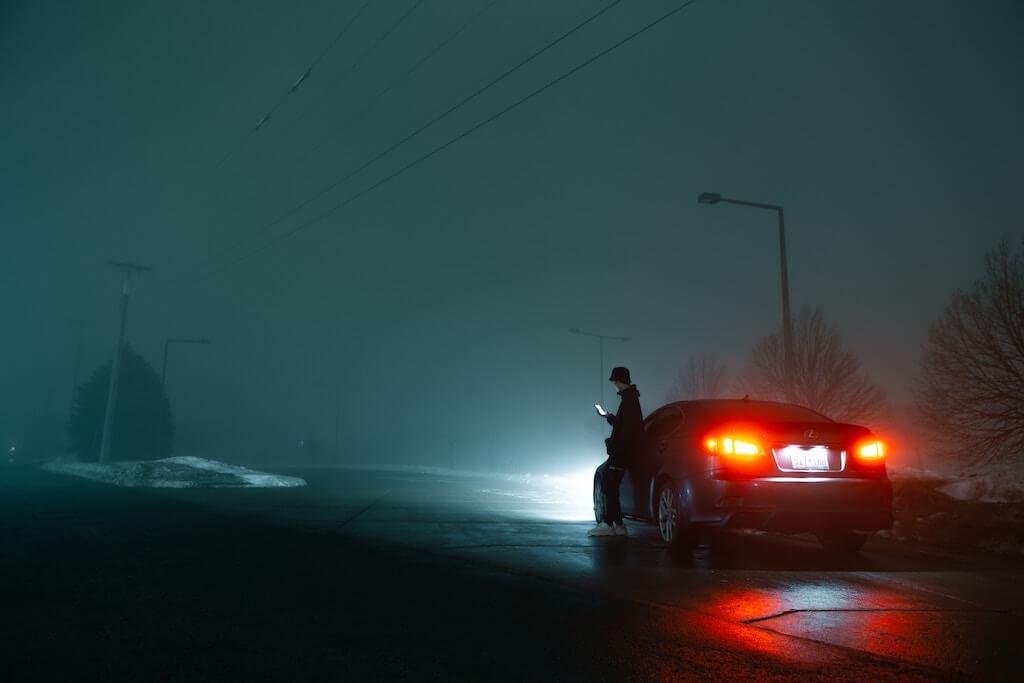Car accidents can be a jarring and traumatic experience. Nonetheless, taking the time to collect evidence after an accident can be critical to your insurance claim or personal injury lawsuit.
In this guide, we delve into the significance of gathering evidence following a car accident and provide a comprehensive outline to assist you in understanding what data you need to amass to safeguard your legal rights.
The Importance of Gathering Evidence
Establishing Liability: Assembling evidence can help establish who was at fault in the accident, which is pivotal for insurance claims and potential litigation.
Supporting Your Case: Robust evidence can enhance the likelihood of a favorable settlement or verdict in your personal injury case.
Documenting Injuries and Damages: Collecting evidence helps accurately chronicle the extent of your injuries and property damage, ensuring you receive the compensation you rightfully deserve.
Preserving Information: Evidence can get lost, damaged, or forgotten over time. Assembling evidence as promptly as possible post-accident ensures that crucial information is retained.
Types of Evidence to Gather After a Car Accident
Photographs: Capture clear, detailed photos of the accident scene, including damage to vehicles, skid marks, debris, road conditions, and any visible injuries.
Witness Statements: Secure contact information from any witnesses and request their written statements depicting what they witnessed during the accident.
Police Reports: Procure a copy of the police report, which can offer an official description of the accident and may include vital information for your case.
Medical Records: Maintain detailed records of all medical treatments, diagnoses, and costs associated with your injuries resulting from the accident.
Property Damage Estimates: Obtain estimates for repairing or replacing your damaged vehicle, as well as any personal belongings damaged in the accident.
Lost Wages Documentation: If your injuries compelled you to miss work, gather pay stubs, timesheets, or other evidence to substantiate your lost wages.
Video Footage: If available, secure any security or dashcam footage that captured the accident.
Weather and Traffic Conditions: Record the weather and traffic conditions at the time of the accident, as they may be relevant to your case.
Tips for Gathering Evidence After a Car Accident
Expedite Action: Accumulate an abundance of substantiation while you’re still ensconced in the accident locus and during the subsequent days immediately trailing the occurrence.
Maintain Orderliness: Consolidate all your substantiation in a designated binder or virtual dossier, thus positioning it for immediate availability when liaising with your legal counsel or indemnity agency.
Recruit Aid: In scenarios where injuries preclude your ability to amass substantiation, beseech a confidant, kin, or your legal counsel to lend their assistance.
Engage Legal Guidance: A practiced attorney specializing in personal injuries can pilot you through the intricacies of substantiation collection and formulation of a robust lawsuit.
Accruing substantiation in the aftermath of an automotive mishap is paramount to safeguard your legal entitlements and guarantee you secure the recompense merited. By grasping the significance of evidence and abiding by this exhaustive guide, you are empowered to assemble a resilient lawsuit bolstering your plea for damages. Heed the call to expedite action, maintain orderliness, and engage in discourse with an astute attorney to traverse the labyrinthine process of gathering substantiation and pursuing a personal injury plea. Equipped with cogent substantiation and legal backing, your focus can shift towards convalescing from your injuries and transcending the trauma of the automotive mishap.
